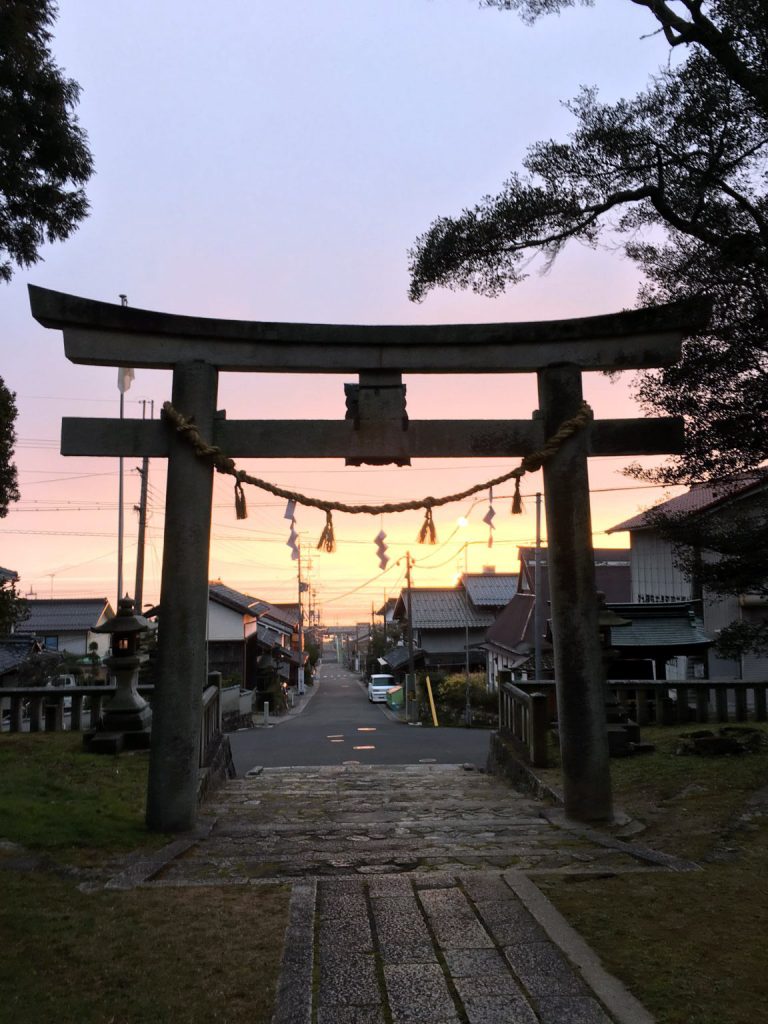
A harsh Nature that it seems like there are no gods or Buddhas. A nature that is rich in seafood, mountains, and the twilight of the four seasons that nurtures the soul. There are perhaps no people as deeply connected to nature as we Japanese. This can be seen by looking at the religious views of Japanese people. Japanese spirituality tends to emphasize harmony with nature. In Shinto, it is believed that gods reside in all aspects of nature, emphasizing the importance of respecting and cherishing it. Similarly, in Buddhism, nature is seen as a place to cultivate the path to enlightenment, highlighting the importance of coexisting with nature. Such beliefs can also be found in ancient Greece, among Native Americans, in Hinduism, and among the Maori people in Australia. This tendency contrasts with the dominant monotheistic religions (Judaism, Christianity, Islam) and reflects the religious diversity in Japan, where Buddhism, Shinto, Christianity, and new religions coexist. It is common for individuals to simultaneously practice multiple religions. This religious tolerance is believed to stem from a reverence for nature.
神も仏もあるものかと思えるほど過酷な自然。海の幸山の幸が豊かで四季が織りなす綾が心を育む自然。私達日本人ほど自然と深く関わりを持つ国民はいないでしょう。それは日本人の宗教観を見ても分かります。日本人の宗教観は、自然との調和を重んじる傾向があります。神道では、自然のあらゆるものに神が宿ると考えられており、自然を敬い、大切にすることが重要だと考えます。また、仏教でも、自然は悟りの道を修行するための場として捉えられており、自然と共生することの重要性が説かれています。こうした宗教観は古代ギリシャやアメリカインデアン、ヒンズー教、オーストラリアのマオリ族などにもみられます。こうした傾向は、世界の支配的な宗教であり、排他的な一神教(ユダヤ教、キリスト教、イスラム教)には見られないことです。日本では、仏教、神道、キリスト教、新宗教などが共存し、個々の信者がこれらの宗教を同時に信仰することも一般的です。こうした宗教的寛容性は自然崇拝を基盤にする宗教観によるものだと考えます。
